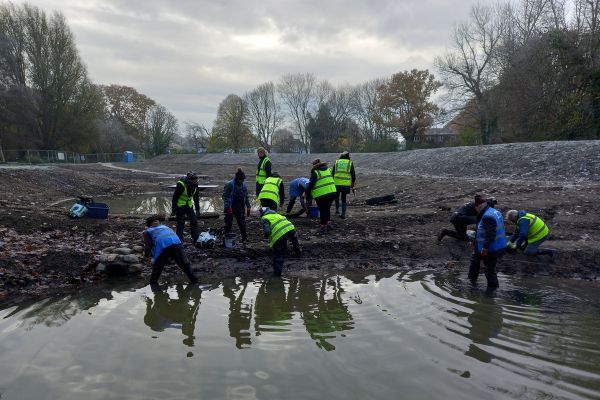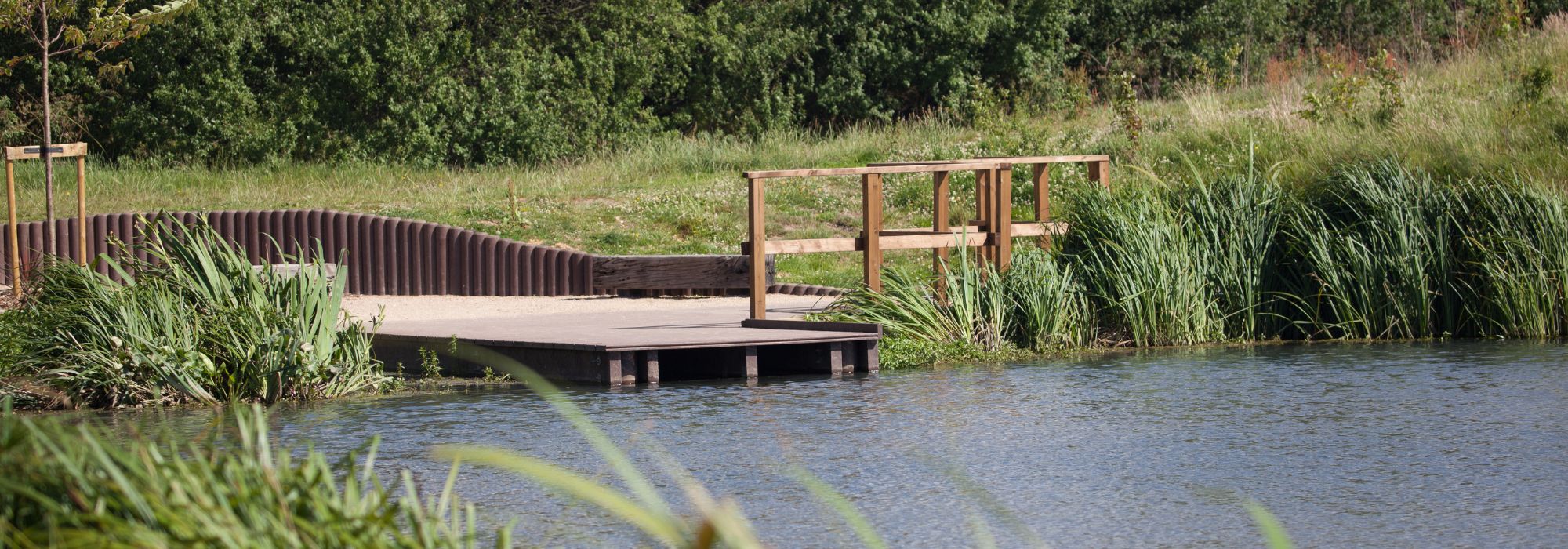Celebrating World Wetlands Day

On the 2nd of February, we celebrate World Wetlands Day, which represents some of the world’s most biodiverse habitats. They provide shelter and food for a range of aquatic and terrestrial species, including fish, invertebrates, birds, and others. Besides their importance for nature and wildlife, wetlands are also vital allies in tackling climate change and helping us cope with extreme weather events such as floods and droughts.
Wetlands are defined as low-lying lands where the soil is constantly soaked with water. They can be categorised as permanent, when filled with water throughout the year, or seasonal when filled with water only for part of the year. Bogs, fens, and marshes are some examples of wetlands.
Acting as natural sponges, wetlands trap and slowly release surface water, rain, and flood waters, protecting surrounding areas from flooding. Their vegetation helps slow the speed of water and distribute it over the floodplain. They function as a combined water storage and braking system increasing flood resilience and reducing erosion. These characteristics are vital when dealing with drought and floods, which have become more frequent, both in urban and coastal areas. Salt marshes and mangroves, for example, absorb the impact of waves and storm surges, protecting coastal communities.
Wetland ecosystems go beyond storing water: they also filter it. As the water speed slows when passing through wetlands, sediment drops to the bottom and becomes part of the ground layer. The same happens for excessive nutrients such as nitrogen and phosphorus, which sink to the bottom and are absorbed by the plants’ roots. This helps to remove pollutants before the water continues its downstream course.
Besides storing water, wetlands are also the most effective carbon sinks on the planet. Plants and trees absorb carbon from the atmosphere through photosynthesis. However, when these die and decompose, the carbon is then released into the atmosphere. In wetlands, plants have a slower decomposition rate due to the wet soil and the carbon is buried in the mud instead of being released into the environment.
At Thames21, we use constructed wetlands in many of our river restoration projects as they are an impressive nature-based solution that can tackle many issues at once, as mentioned above. Some of our recent projects that are implementing or have already implemented wetlands are Action for Silk Stream, Chinbrook Meadows, and Rewilding the Rom.
Sadly, despite all those benefits, these vital ecosystems are under threat from pollution, invasive species and habitat degradation and are disappearing at a rate three times faster than forests. In a time of biodiversity and climate crises, we can’t afford to lose any more of these precious ecosystems. Join us in our mission to protect our blue spaces!
